You name the dance; she taught it. Afro-Haitian her favorite, but educator finds inspiration in all cultures.
Valerie Watson started dance lessons at age four and a half. At nine, she created her own choreography, charging friends a nickel for Saturday morning tap classes. “My parents didn’t know that by giving me dance lessons they were preparing me to follow my destiny,” she said.
Now 80, she’s still dancing. “As long as I can get out of bed – and walk, I’ll be dancing,” Watson said.
Watson continues to study the intricacies of the Hula, which she has focused on since retiring at 73. “Hula was a new dance experience, having to sing and dance at the same time,” she said. She also accompanies the music with a ukulele, one of her childhood instruments.
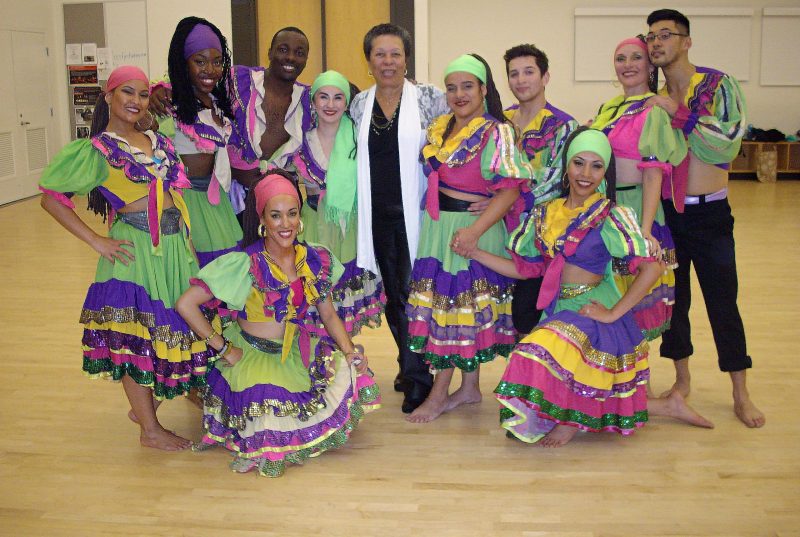
She returned to dance after the birth of her fourth child. She became performer, choreographer, drummer and creator of a major dance company, Alafia Dance Ensemble, at City College of San Francisco, where she was an instructor for 35 years.
At CCSF and elsewhere in the Bay Area, she taught just about every form of dance: jazz, tap, modern, ballroom (swing, foxtrot, waltz, Charleston, lindy), Latin (salsa, chachacha, Argentine and American tango, bachata, merengue), as well as yoga, weight training, low-impact aerobics and dance history.
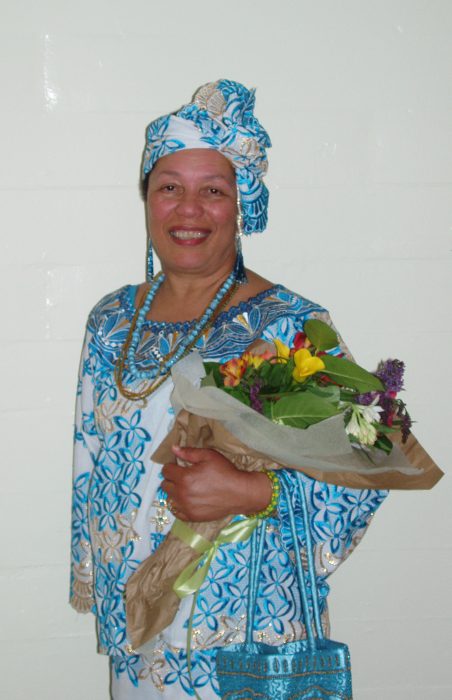
But she specialized in Afro-Haitian dance, digging deep into her African American culture and spiritual adherence to Ifa, part of the Yoruba religious system of Southeastern Nigeria. “I’m still an inclusive person who sees everything as one regardless of whether it’s from Western culture, African, Native American, Ancient Hawai’ian or any other; all of them have a belief in a divine creator and unconditional love.”
It’s no surprise that music and dance became a major part of her adult life. Watson grew up in a house filled with the sounds of every kind of music: jazz, classical, standards, gospel, folk, rhythm, and blues. “My father’s people came from New Orleans with their tradition of Cajun fiddle and spoons,” she said. Watson played piano and guitar as well as the ukulele.
Two of her father’s sisters were dancers. “My Aunt Evelyn danced and traveled with Count Basie, and my Aunt Lora taught at the Edgington Dance Academy in Chicago where I took lessons,” Watson said.
Idyllic childhood in an African American community
Watson talks of a loving, multi-generational household in Princeton Park, an enclave of single-family homes on the far south side of Chicago. “It was like a dream: beautiful cottonwood trees, monarch butterflies,” she said. “People competed for the most beautiful lawn.”
Her parents emphasized academic excellence, college foremost in the picture. The neighborhood elders knew all the kids and would give them a monetary reward for good grades. “My friends and I were all go-getters, thanks to our upbringing,” she said.
Watson’s mother made drapes in her basement for big offices in downtown Chicago, and her father was a foreman at International Harvester. “My parents taught me the value of money. If I wanted anything extra, I worked for it. That’s why I charged a nickel for tap lessons.”
Princeton Park was an African American community, and Watson said she didn’t experience racism until she attended predominately white Calumet High School. There she was denied entry into cheerleaders and certain social clubs. “I didn’t let those experiences define me,” she said.
Watson studied jazz, tap, ballet and social dance for 14 years. “My parents wanted me to be graceful as I matured, that’s why they gave me dance lessons.”
After high school, Watson enrolled to study education at the University of Chicago-Navy Pier campus. There she met John Watson, a science major. “I married at 19 because I was in love, and you were considered an old maid if you weren’t engaged by 20,” she said.
Getting settled in the Bay Area
After her husband completed his post-doc training at Brandeis University, he was hired in 1969 by the University of California-San Francisco as a biochemistry and biophysics professor.
When the Watsons first tried to find housing in Marin County, they were denied because of their race, she said. “We then looked south to Daly City, and because a Jewish pediatrician, who we used, and others had taken legal action to break a “gentlemen’s agreement” keeping Jews and Blacks out of housing there, we were able to rent a house there.” Daly City became their permanent home.
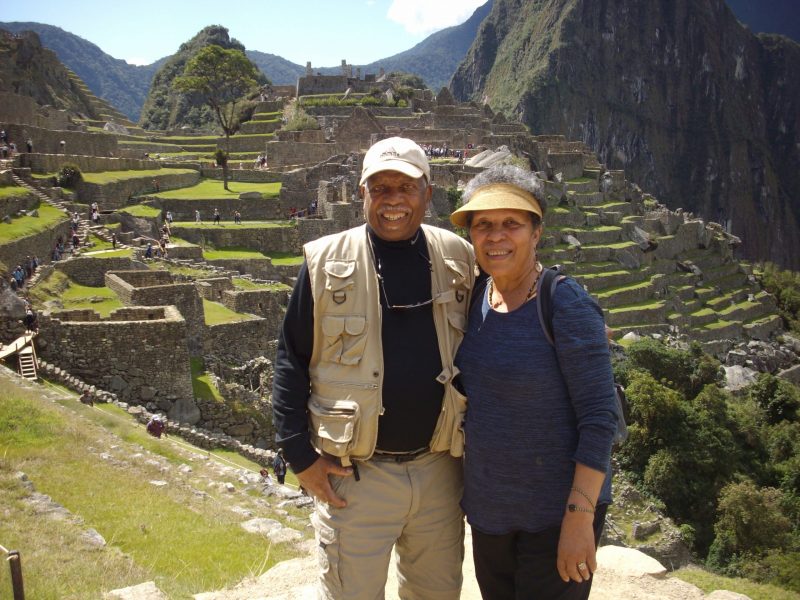
Watson re-entered the dance and academic world in 1970. She earned a California Community College Credential in 1981, a California Adult Education Teaching Credential in 1992, a bachelor’s degree in dance in 2005 and a master’s in education in 2008, both from San Francisco State University.
One day, after returning to CCSF, she was drawn to the sounds of drumming in the women’s south gym. She wandered into Akili Denianke’s Afro-Haitian dance class and was invited to participate.
“Just having had my fourth child, I had no strength in my abdominal muscles, but I loved the dance and the music, and I kept going back even though it was hard,” she said.
Afro-Haitian dance is composed of movements originating in West Africa. Africans were forced to migrate to Haiti because of the Trans-Atlantic slave trade. Dance in Africa is deeply rooted in society and reflects major events such as births, funerals, weddings, and wars.
“Akili Denianke became one of my master Afro-Haitian dance teachers,” Watson said. “As I improved, Akili invited me to be part of her company, Harambee Dance Ensemble, which I danced with from 1975 to 1981.”
The first ethnic dance festivals
She was part of ensemble performances in the first five Ethnic Dance Festivals in San Francisco – the first of such events sponsored by a city in the United States. Harambee performed in the Bay Area, Sacramento and Washington, D.C., and danced at various venues in Jamaica celebrating its 15th year of Independence from the British Government.
The CCSF dance faculty took notice of her skills; she frequently filled in for the Afro-Haitian teacher and other instructors asked her to sub. “My teachers liked me because I worked hard and I was always prepared.” Her colleagues wanted her in the dance department, which spurred Watson to get her teaching credentials. She began teaching dance at the community college in 1980.
The drummers in the Afro-Haitian dance class she taught were often late, so Watson learned to play congas and Haitian-style drums. She studied for more than 15 years with various master teachers in the Bay Area, including Baba Duru Oshum and Mozel Zeke Nealy.
By 1995, she was so immersed in Afro-Haitian dance she formed her own troupe, The Alafia Dance Company, at the time the only major dance company at a community college in California.
African rhythms found in Haiti and Cuba were her major interest. “I played with the drummers in class; I played when they were late for class; I played in recitals and performances for my CCSF students and Alafia Dance Ensemble.”
At one with dance and music
Her students filled the ranks of the ensemble, which performed at venues large and small: The Great American Music Hall, the DeYoung Museum and the Center for African and African American Arts and Culture.
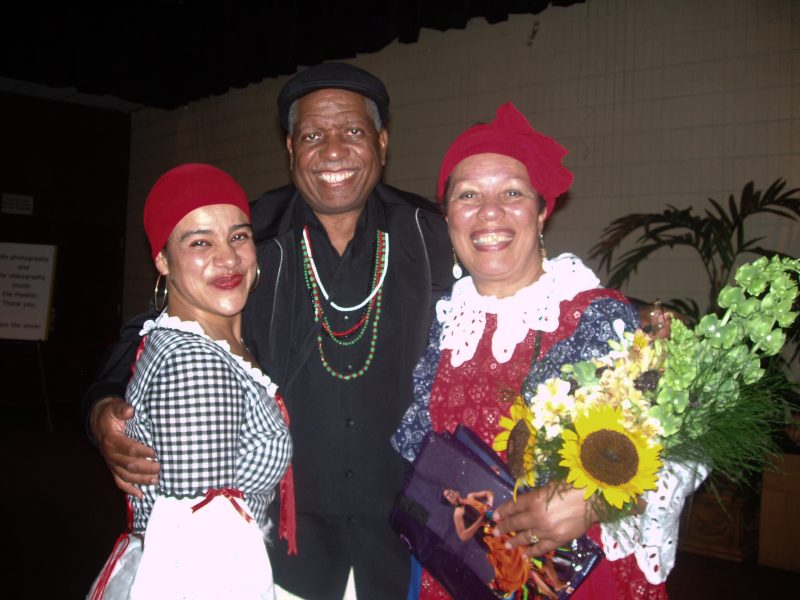
Over the years, Watson received many awards for dance and academic excellence, but the one closest to her heart is the Malonga Casquelourd Lifetime Achievement Award in World Dance and Music. Casquelourd, who conducted an annual master class in Congolese dance for Watson’s students, was her teacher and close friend.
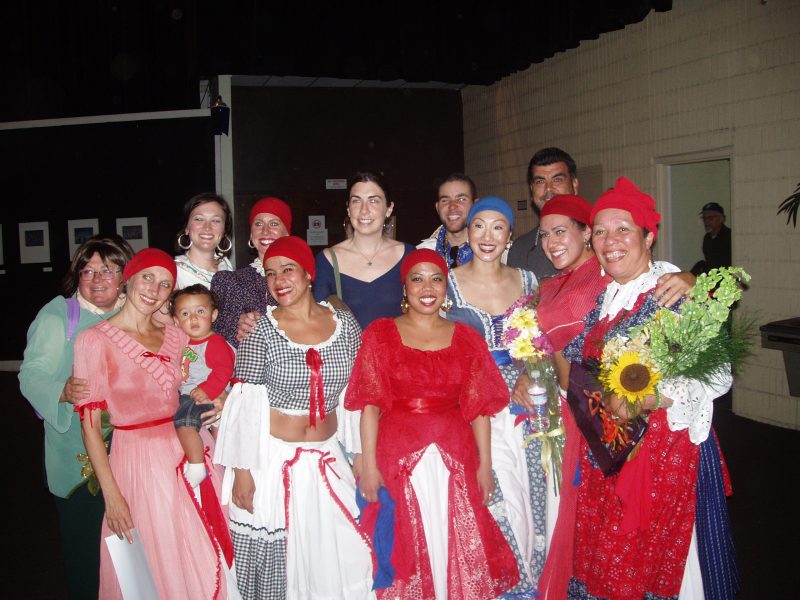
Looking back over 75 years of dancing, Watson still feels the same way she did as a child. “I can express my emotions within the context of the discipline of the movement. Like a spiritual experience, I love the sense of oneness I feel with the dance and the music.”
She no longer teaches Afro-Haitian dance or drums, but says she can still “hold down a mean 6/8 rhythm.”
She persevered and it paid off. “Imagine if I hadn’t stuck to Akili’s Afro-Haitian class? I would never have been a teacher at City College or had my own dance companies.”





